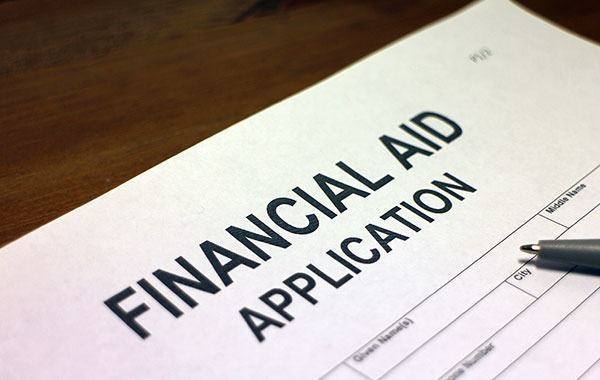Financial Aid
One of the most important things you’ll do once you’re accepted as a student or enrolled in a criminal justice program—unless you’re rich … and even then—is to apply for financial aid. That means filling out the Free Application for Federal Student Aid, or FAFSA.
The FAFSA takes less than an hour to complete, if you have the requested information. Take a look online to see what’s required and gather as much of the information you’ll need before you sit down to fill out the form. That will save you a lot of time, and it’ll be well worth it.
General Questions
How do I apply for financial aid?

The U.S. Department of Education awards about $150 billion in grants, work-study, and low-interest student loans to more than 15 million students every year. Don’t lose out.
Apply for financial aid online at studentaid.gov/h/apply-for-aid/fafsa. This is the most important thing you’ll need to do to find the financial support you need to go to college.
What if I don’t qualify?
It never hurts to fill out the FAFSA. There is no upper income limit to qualify for federal student aid, so you lose nothing by applying. Besides, many factors besides income are taken into account, and your eligibility is determined by a comprehensive formula, not just by your (or your parents’) income.
How do I apply for a Pell Grant?
Once you’ve filled out the FAFSA, you’ll automatically be considered for a Pell Grant. This is a grant (though not the only one you can apply for), and you don’t need to repay any grant money you receive. For the 2021-23 academic year, the maximum Pell Grant amount is $6,895.
Do I need to reapply every year?
If you want to continue to be considered for financial aid, yes. Financial situations and even the school you attend can change from year to year. That’s why everyone needs to resubmit the FAFSA every year to determine eligibility for grants, loans, and scholarships.
To learn more about student financial aid, including scholarships, loans, and the teacher loan forgiveness program, see our article on college financial aid.
Types of Financial Aid
1. Federal Student Loans
When you fill out the FAFSA, you’ll automatically be considered for federal student loans.
If you want to determine just how much you can get in student loans for college, the U.S. Department of Education has a handy online tool. Check out the student loan simulator: studentaid.gov/loan-simulator. It’ll let you know how much aid you can expect with predictions on your future payments.
2. GI Bill
The GI Bill is one of the most popular veteran benefits. In fact, along with serving your country, the GI Bill is one of the main reasons that many people go into the military.
For eligible service members and veterans, Veterans Affairs will pay tuition and fees for in-state students going to public colleges and universities. But there are many other benefits as well.
3. Pell Grants
Pell Grants are normally awarded only to undergraduate students, and you’ll automatically be considered for Pell Grants when you fill out the FAFSA. The amount of aid you receive depends on your financial need, the cost of tuition at your school, and other factors. Remember that this is money that you won’t need to repay.
4. Private Student Loans
Once you’ve gotten all the grants and federal student loans you can, there may still be some additional costs associated with going to college. If you’re like a lot of us, you don’t already have that money in your bank account. You can make up the difference with private student loans, and pay the money back after you graduate.




